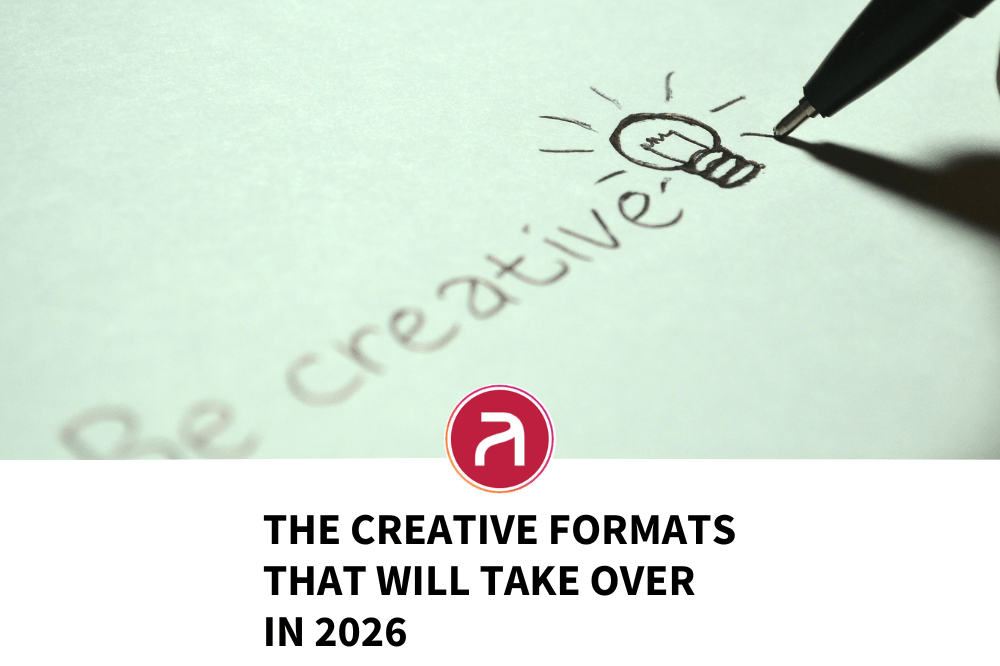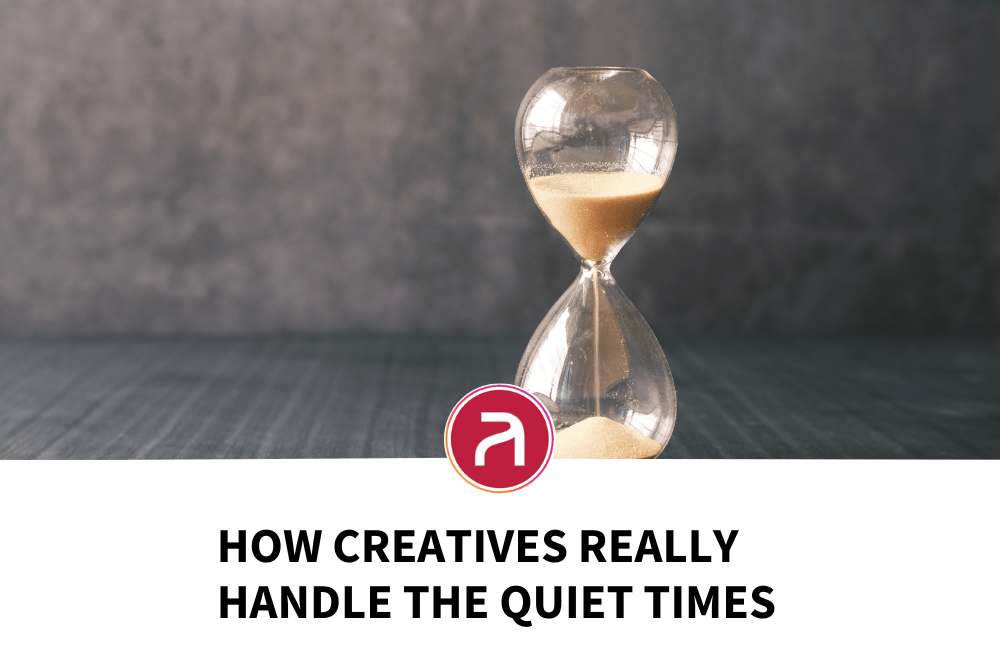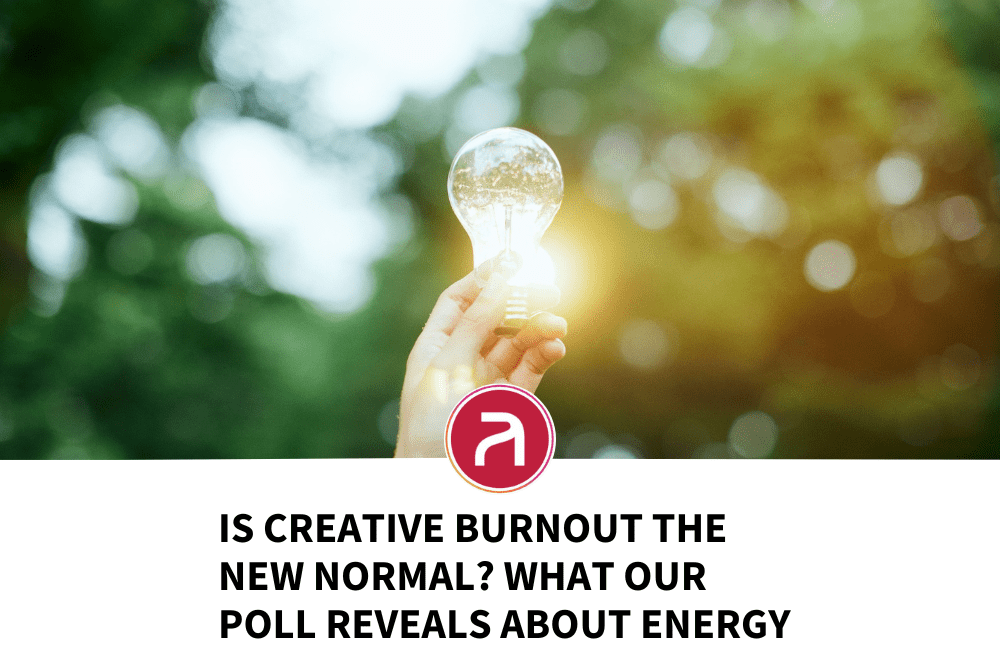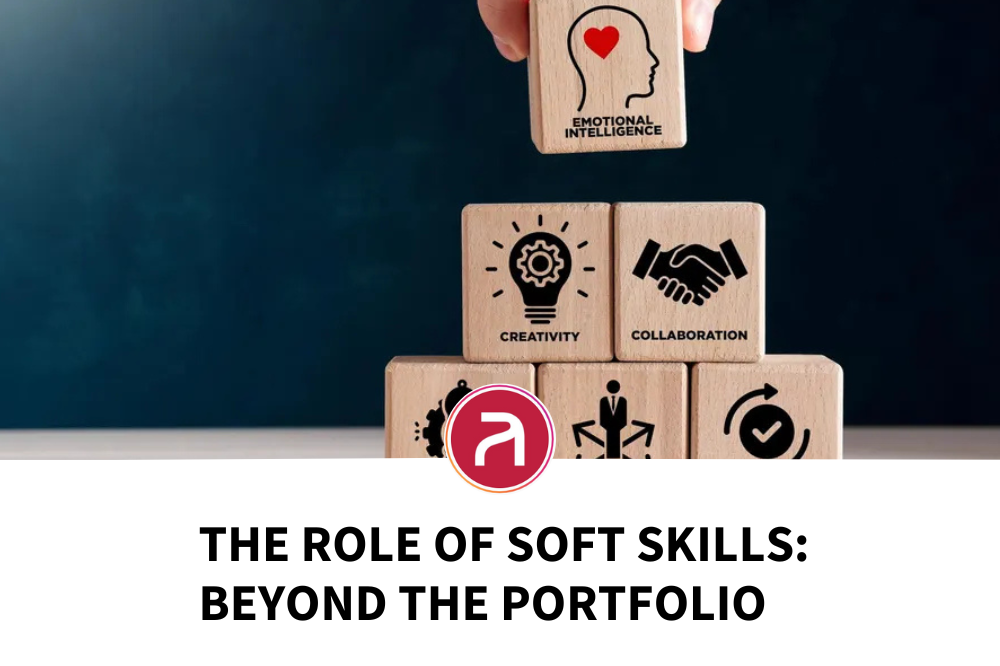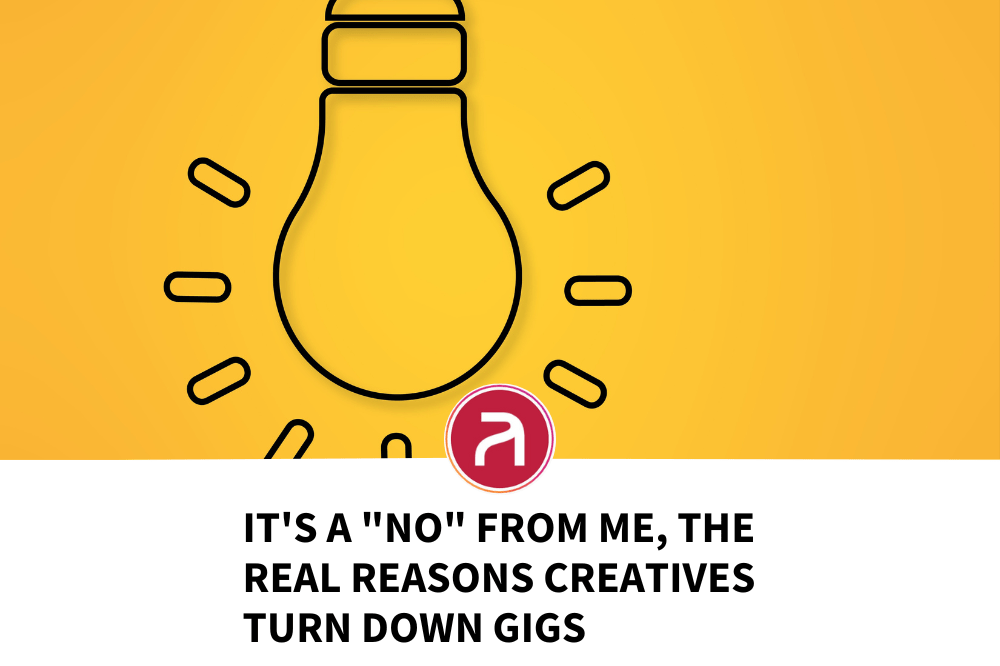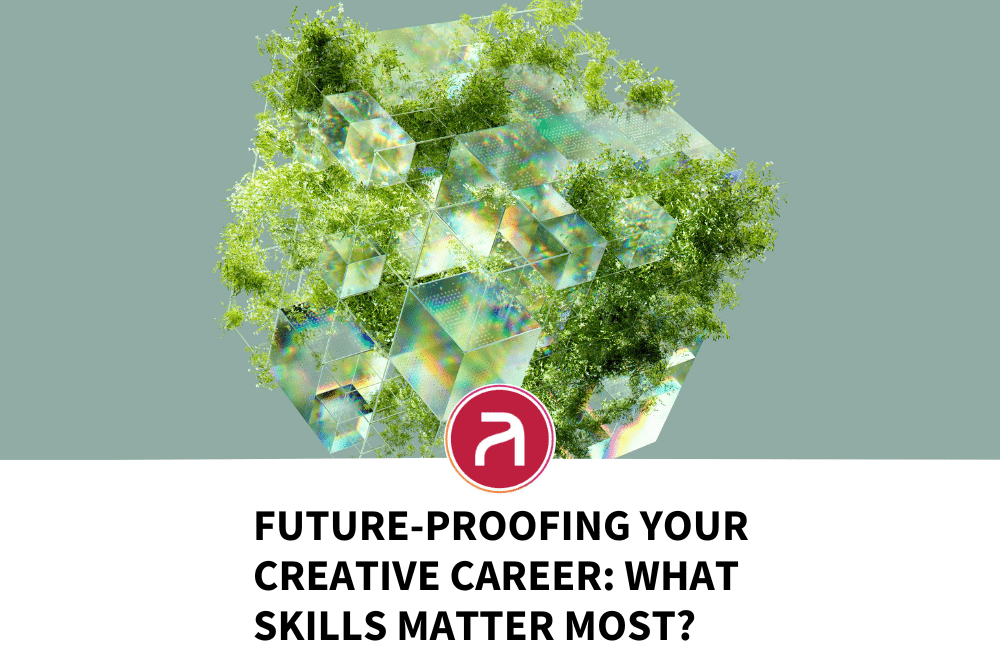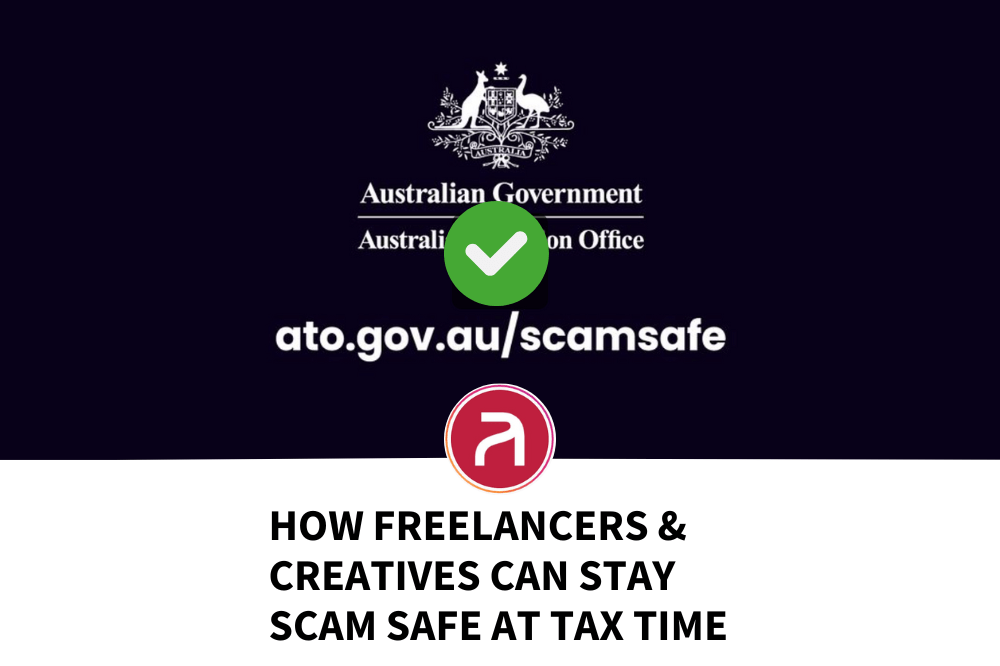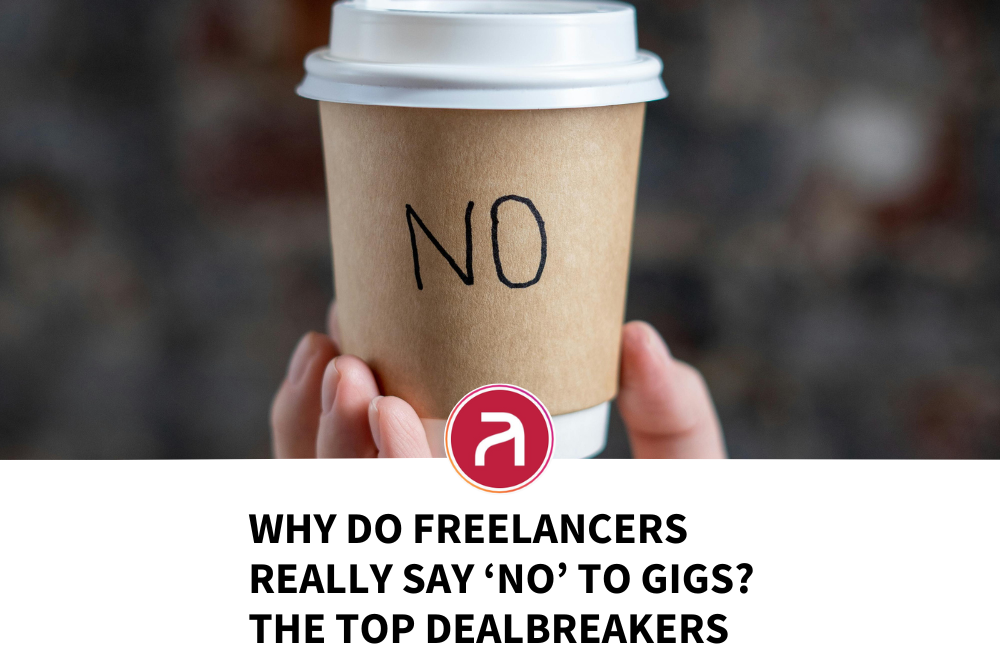A Deep Dive Into Industry Predictions, Trends & How Creatives Can Stay Ahead
If there’s one truth about Australia’s creative and digital industry, it’s that it never stops evolving. Every year brings a new platform to understand, a new tool to learn, and a new buzzword that suddenly becomes a job title. So when we asked:
“What format do you think will dominate creative work in 2026?”
Here’s how our community voted:
- AI-assisted design: 63%
- Short-form video: 19%
- Interactive/immersive content: 19%
- Other: 8%
Each result tells us something important about what’s coming and how creatives can prepare.
AI-Assisted Design: The Format Creatives Expect to Dominate
With 63% of the vote, AI-assisted design stole the spotlight, and for good reason. AI is no longer a novelty, it’s a staple. Creatives aren’t just experimenting anymore; they’re integrating AI into workflows because it saves time, reduces repetitive tasks, and lets them focus on the strategic and conceptual work that clients actually pay for.
The key shift isn’t that AI will replace creatives, it’s that creatives who learn where it helps are the the designers who will thrive in 2026, the ones who can:
- Not allow AI to replace human creativity
- Prompt effectively to get high-quality results
- Refine AI outputs to create polished final work
- Quality-check visuals for branding errors, inconsistencies, or copyright risks
- Blend AI tools seamlessly into their workflow rather than bolt them on as an afterthought
These are fast becoming core skills, not optional extras. Agencies are now asking Artisan not for “AI designers” but AI-fluent creatives, humans who can direct technology, not be replaced by it.
Short-Form Video: Still King of Engagement
Short-form video may not have topped the poll, but its dominance in content consumption isn’t disappearing any time soon. If anything, we’re about to see a wave of new formats:
- Micro-storytelling
- AI-augmented motion graphics
- Vertical video with embedded interactive layers
- Smart editing systems that adapt content to each platform
Brands still need quick, high-impact storytelling and creators who can handle filming, editing, motion graphics, and social strategy are the ones consistently in demand.
If you work in design, marketing, or content, learning basic motion is becoming as essential as learning Figma was five years ago. Even a simple animation skillset can move you from “nice-to-have” to “must-book.”
Interactive & Immersive Content: The Quiet Trend About to Explode
Interactive and immersive content tied with short-form video, and while only 19% of voters picked it, the demand behind the scenes tells a different story.
We’re seeing steady investment in:
- AR try-ons and 3D product previews
- Virtual exhibitions and digital installations
- Reactive web experiences
- Retail and tourism experiences powered by real-time interaction
This is where creative tech, design, UX, motion, and storytelling collide. What used to require a full development team can now be prototyped by curious designers experimenting with WebGL tools, AR filters, or Unity/Unreal basics.
If you want to future-proof your folio, dabbling in interactive design, even at a beginner level, can open doors to roles that barely existed two years ago.
The “Other” Predictions: Where Innovation Starts
The 8% who chose “Other” mentioned everything from generative audio to AI brand avatars, dynamic websites, experiential print, and hyper-personalised content engines.
These predictions might look niche now, but they’re exactly the areas that often explode into the next big hiring wave. If you already work in an unusual format, don’t abandon it. You may be building the foundation of a 2027 trend without realising it.
What 2026 Actually Looks Like
Taking the poll and the current market into account, 2026 will likely be dominated by hybrid formats and hybrid creatives. Not jacks-of-all-trades, but creatives who can connect formats and technologies intelligently.
Expect a landscape where:
- AI accelerates production but humans elevate the emotion
- Video evolves beyond simple edits into dynamic, adaptive content
- Immersive experiences become standard in brand campaigns
- Designers understand motion
- Strategists understand AI
- Creatives are valued for their ability to learn, shift and adapt
The winning format is less about the tool and more about your ability to work across formats without fear.
How Creatives Can Prepare for the Shift
Slow periods, downtime and quiet seasons are no longer things to dread, they’re strategic opportunities to upskill and rebuild your edge. Creatives who stay ahead in 2026 will focus on:
- Portfolio updates that show new tools, new thinking and future-focused ability
- Personal projects that demonstrate what you could do, not just what you’ve been paid for
- Skill layering, not skill hoarding, choosing one area and going deep enough to stand out
- AI literacy across at least one toolset
- Motion or interaction basics, enough to expand your offering
Future-proofing is less about chasing trends and more about building adaptability into your skillset.
How Artisan Helps Creatives Stay Ahead of What’s Coming
At Artisan, we’ve already seen the shift. Clients are hiring hybrid creatives, AI-fluent designers, and video/motion specialists faster than ever. We’re also helping freelancers position themselves for emerging roles and helping agencies build future-ready teams.
Whether you’re a creative wanting to stay ahead, or a business aiming to hire the right talent for 2026, Artisan is right in the middle of these shifts, guiding you through them in real time.
If you want advice on where to take your skillset next, or who to hire to meet the future, we’re here to help.

